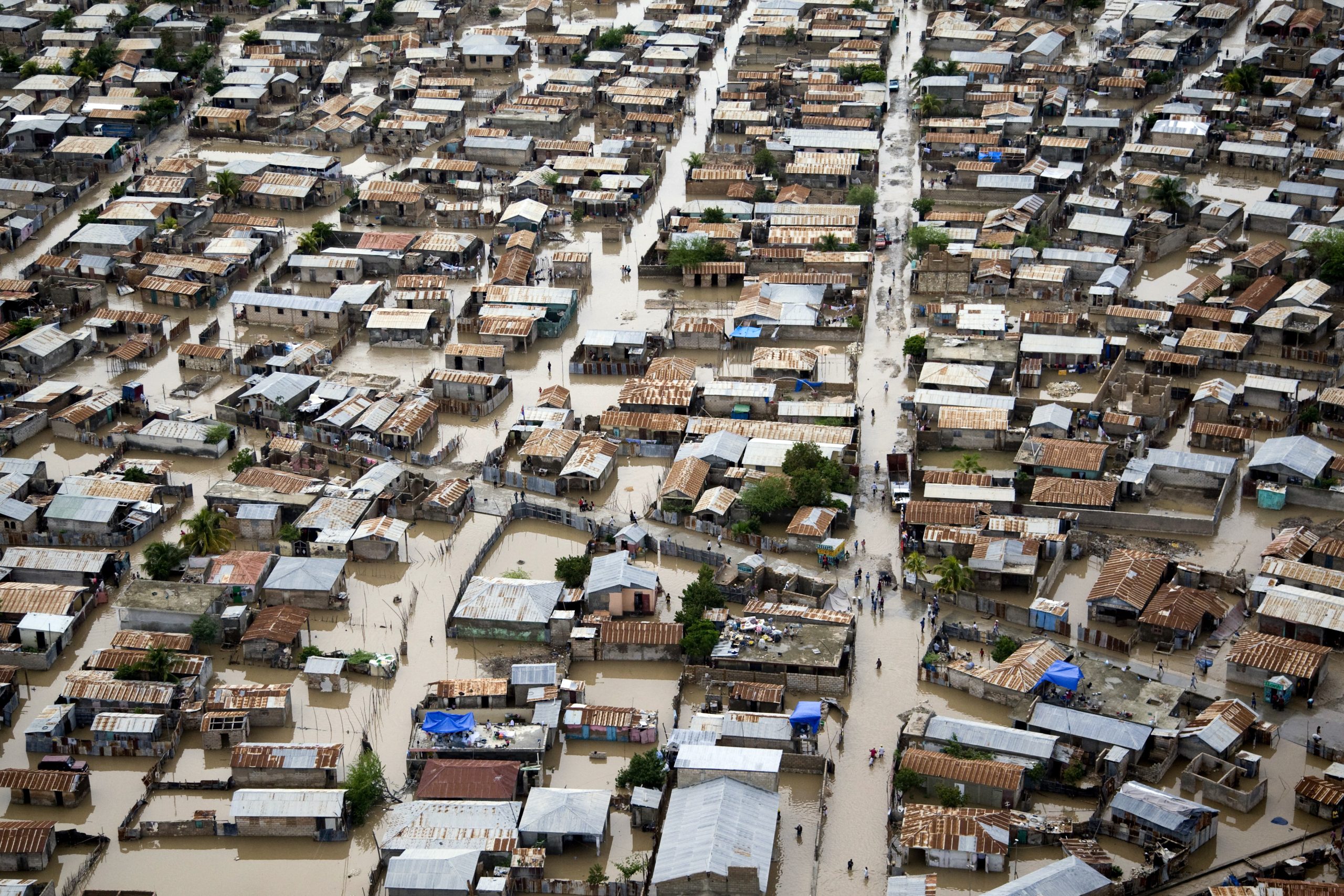In recent months, the hostility surrounding the US-Mexico border has made headlines around the world. The United States has been heavily criticized in mainstream media for its poor management of newly arrived migrants. Rising numbers in migration to the U.S. have mainly stemmed from the ongoing Haitian political and ecological upheaval. The country’s internal crises not only reflect the reality of many similar countries but also shine a light on the grave repercussions that environmental impacts have on international migration.
The Haitian surge of migrants to the United States
For the past couple of months, a surge of Haitian migration has been induced due to the ongoing humanitarian disasters sweeping the nation. Citizens are leaving the country in search of shelter and security elsewhere; in many cases seeking asylum in adjacent countries. Rising emigration has not only derived from the country’s mounting political turmoil but also from the destruction ensuing the earthquake in late August this year. Additionally, Haiti has been subject to instability relating to civil unrest and gang violence, which in turn has left many Haitians uncertain of their future within the country.
Unfortunately, it is far from the first time large amounts of Haitian migrants have departed the country. In fact, many Haitians sought new opportunities in neighbouring countries within Central and South America after the 2010 earthquake. As groups of migrants searched for refuge and security abroad, many ended up in countries such Chile and Brazil where they were granted asylum in the form of humanitarian visas.
U.S-Mexico border. Photo by Barbara Zandoval on Unsplash
Approximately a decade after the 2010 earthquake, large groups of Haitians are once again emigrating; now on a northward journey to the United States. In spite of their hopefulness, many new hurdles present themselves upon their arrival. Heavy constraints put on immigration into the U.S. has made it difficult to enter the country. Reaching the US-Mexico border via contiguous cities does not automatically guarantee asylum, especially with the relatively recently imposed American regulation Title 42. Title 42, an immigration policy enacted under the Trump presidency and upheld by the Biden-administration initially came into effect amidst the pandemic, limiting the inward motion of people in an attempt to stop the spread of Covid-19. However, it is now relied upon to deal with the recent spike in migration to the U.S. The policy has resulted in large accumulations of people living under dire conditions in proximity to the border, as well as expulsion for the vast majority of Haitian migrants. Some are potentially allowed into countries that they previously resided in, others are immediately repatriated to Haiti, and fortunate ones admitted into the country temporarily.
Environmental effects on migration
Migration into the U.S. is not only synonymous with the recent influx of Haitian migrants. For the past years, large groups of emigrants from Central America, colloquially known as “migrant caravans”, have traveled jointly over international borders with the aim of reaching the United States. In these caravans, thousands of people have traveled in hope to leave poverty and instability behind. There are of course various reasons as to why some geographically relocate, however, in the case of the majority of people within the caravans, there are strong environmental drivers for their displacement. Many of the migrants from Central America have previously been engaged in professions that have either become threatened or undermined due to varying global temperatures and other consequences of climate change, such as droughts. For example, the effects of climate change on agricultural production have threatened the livelihoods of many people as well as the accessibility to rudimentary resources. In 2019, it was estimated that up to 72% of corn crops and 75% of bean crops were being lost due to droughts in Honduras. Variations in temperature ultimately strain agricultural productivity and subsequently food security by affecting the cultivation of crops. As rising temperatures in cooler climates can increase crop yields by prolonging growing seasons, in addition to introducing new crops, temperature increase in already warm climates result in a reduced productivity. In locations where arable farmland turns unproductive due to a warmer climate, concerns regarding food security and livelihoods will prompt populations to find new opportunities abroad.
Repercussions of climate change, such as increasing extreme weather events, are a large cause of displacement, as in the cases of both Haitian and Central American migrants. Uninhabitable conditions and destruction ensuing natural disasters have left many without shelter and means to provide for themselves. For Central Americans, the impacts of climate change are apparent. According to the 2014 IPCC climate report, the region is identified as one of the most vulnerable places in the world for further climate changes. During last year, devastating and grave effects of cyclones have resulted in an increasing number of climate migrants. Unfortunately, many of those who have suffered tremendous losses from the events are unable to apply for asylum abroad. Just as Haitian migrants, Central Americans are denied entrance into the United States under Title 42. In an interview by NBC News, Enrique Valenzuela, a coordinator working for the decentralized organization COESPO, describes the situation as “a kind of immigration limbo”.
Île-à-Vache, Haiti. Photo by Evan Brockett on Unsplash
Migration is a multifaceted phenomenon that most often is accompanied by several factors that constitute incentives for the movement of people in or out of a country. However, in response to the intensifying effects of climate change, environmental drivers of migration will increase. Rapid changes in climate are directly linked to migration by affecting the accessibility to various socio-economic aspects that are intrinsic to prosperity and human well-being. Rising temperatures and increasing extreme weather events such as droughts and floods contribute to displacement by inflicting abject harm on vital ecosystem services in addition to causing uninhabitable living conditions. The rise in migration stimulated by ongoing effects of climate change is a global political issue. Questions and concerns regarding the continuing impacts of climate change and its effects on human displacement will present new challenges within global governance and governments across the world as surges of environmental migrants commence seeking refuge abroad.

Linnea Björk
Linnea Björk is a Staff Writer with Utblick since fall 2021.


